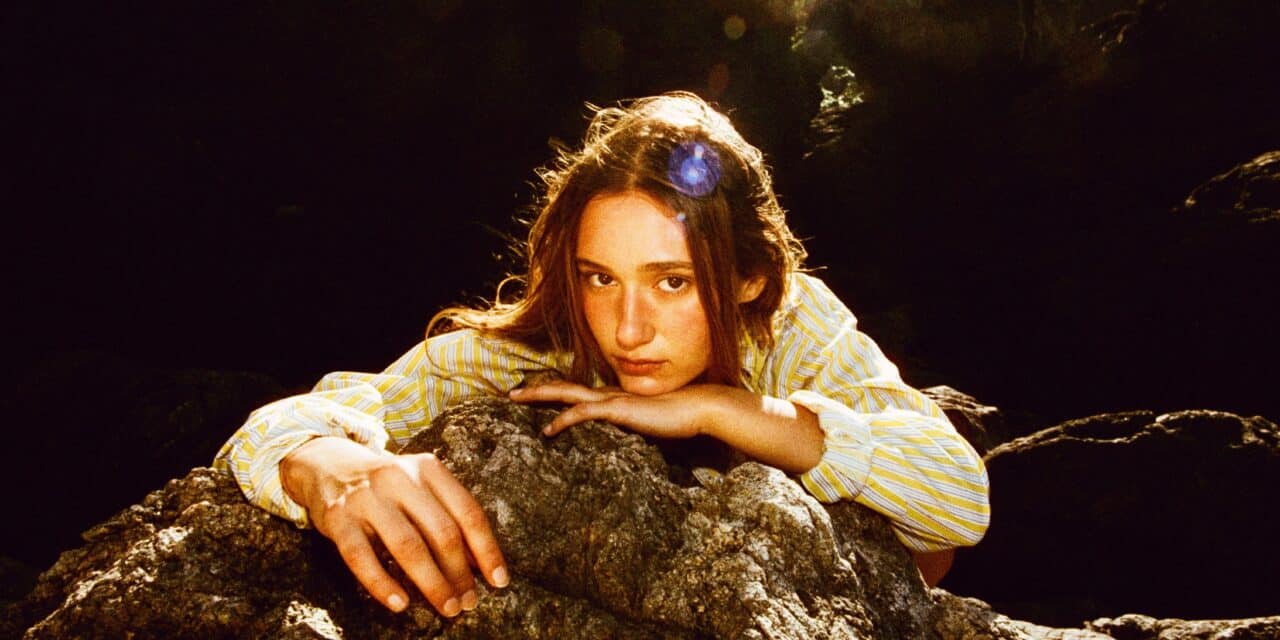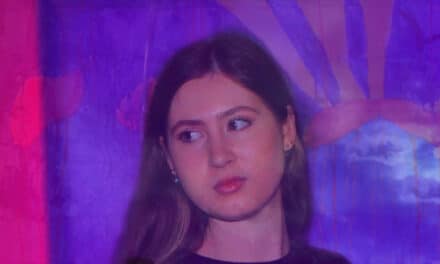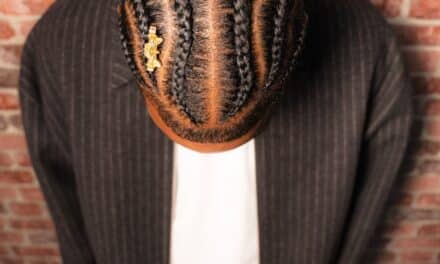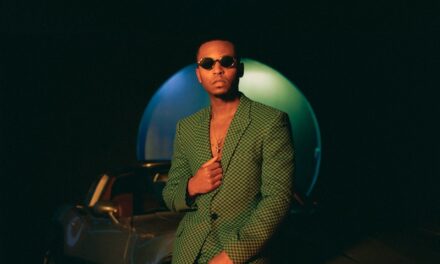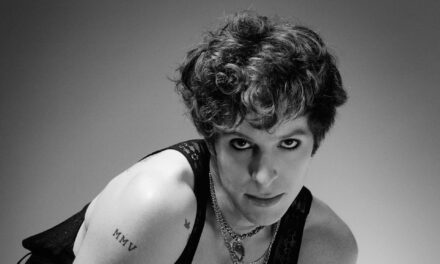The São Paulo visionary bends psych-pop gravity into something celestial, sensual, and beautifully alive
There’s a rare kind of artist who doesn’t just make music — they build an atmosphere. Gab Ferreira, the 26-year-old São Paulo-based singer, songwriter, and producer, has done exactly that with her luminous new album Carrossel (out October 10). The record marks a full-circle evolution for the artist once known for her pastel-pink hair and breakout hit “Not Yours” — now returning with a sound that’s matured, magnetic, and even more mischievously experimental.
Ferreira’s Carrossel whirls between eras and emotions with a lightness that feels almost supernatural. Drawing from the kaleidoscopic worlds of Stereolab’s Dots and Loops and Melody’s Echo Chamber, she infuses her psych-pop foundations with the radiant warmth of Madonna’s Ray of Light and the crystalline control of Caroline Polachek. The result is an album that feels like floating — weightless yet deeply human, dreamlike yet utterly grounded.
“With experience, you learn how to bend rules to your favor,” Gab reflects — and Carrossel proves it. Every note feels like a subtle rebellion, a refusal to let boundaries define beauty.
The record’s world-building is rich and radiant, its inspiration rooted in the mystic energy of southern Brazil’s beaches. There, among seashell spirals and coral hues, Ferreira found a natural rhythm — a sense of divine symmetry between the ocean’s chaos and her own creative freedom. You can hear that connection in every beat and breath of the album, where psychedelic textures meet soulful intuition.
Already, singles like “Law of Nature” and “Seu Olhar” have offered glimpses into her duality. The former is a glowing meditation on unplugging from the digital haze and rediscovering joy in the simple, sacred rhythms of daily life. The latter, sung tenderly in Portuguese, captures intimacy through sound — proof that emotion doesn’t need translation when the delivery is this pure.
For longtime fans, Ferreira’s new era feels like a revelation — both a return to innocence and a leap into bold new dimensions. Her voice glows like sunlight refracting through saltwater; her production, a blend of nostalgia and new-world alchemy. Carrossel is more than an album — it’s a journey into freedom, rhythm, and radiant self-discovery.
Carrossel feels both matured and playful, bending the rules of psych-pop to your own language. What personal shifts made you ready to create a record that dances between those extremes?
As I started moving toward a more psychedelic rock direction, I felt this instinct not to go too traditional with it. I wanted to bring in a pop sensibility—especially because these kinds of rhythms aren’t usually explored by female voices. Melody’s Echo Chamber was a big reference point for me in that sense—she has this beautiful way of blending psychedelic textures with a pop energy that still feels intimate and unpredictable. I think, in general, I’m drawn to extremes. I like when things contrast, when something delicate exists alongside something raw or experimental.
The album pulls from references as wide as Stereolab and Madonna’s Ray of Light. How do you weave those sonic touchstones into something that still feels unmistakably yours?
When it comes to working with references, I think it’s always about understanding where the boundaries are—and then finding your own way of crossing them. Whenever I’m gathering influences for a project, I’m less concerned with making something that sounds similar and more focused on evoking the same feeling. It’s more about capturing a certain atmosphere or emotion than replicating a sound. I think what really matters is finding the core of what you’re trying to express—once you understand that, the references start to naturally shape themselves into something that feels entirely your own.
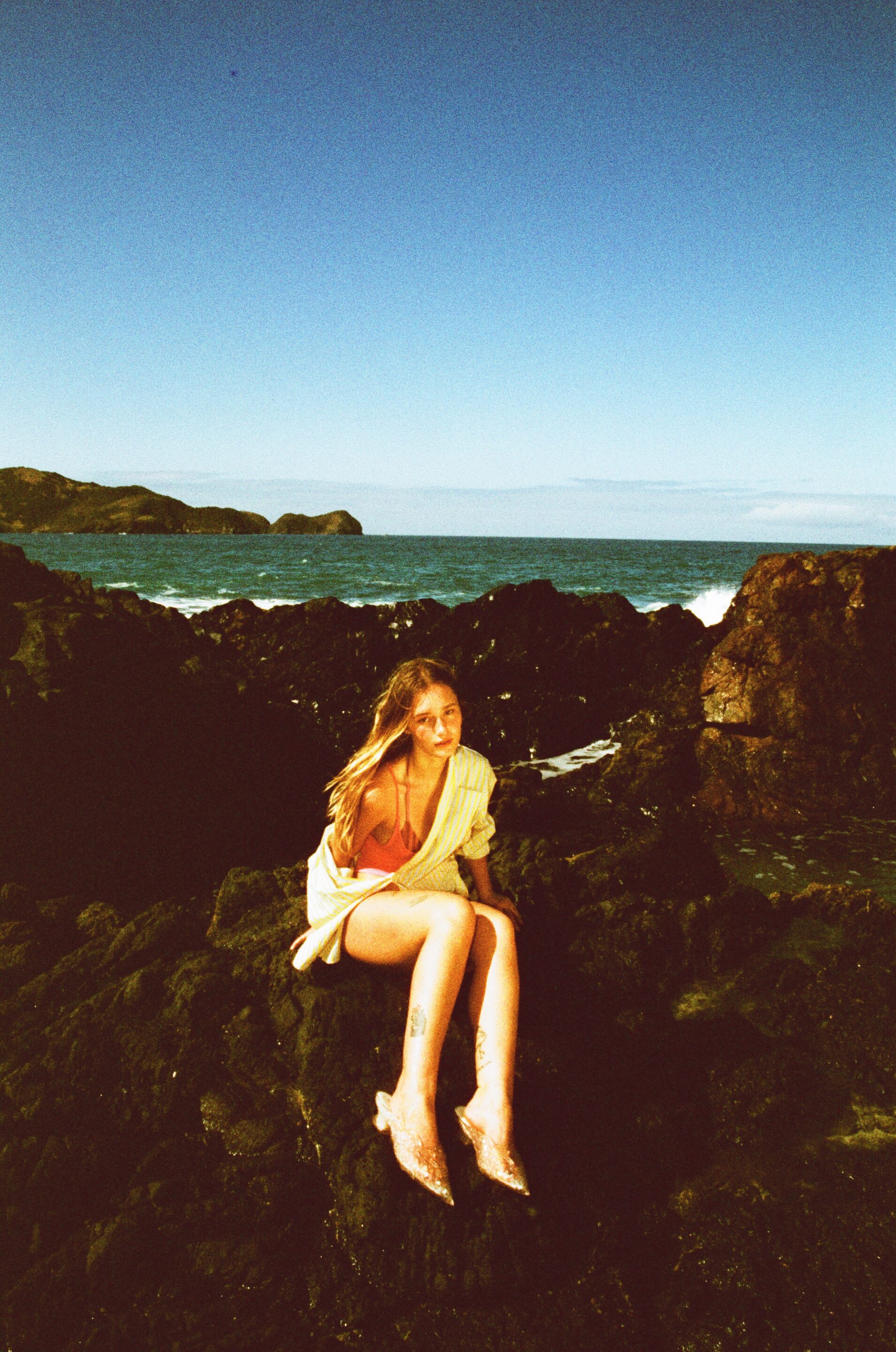
You’ve released singles like “Law of Nature” and “Seu Olhar” that already set up a duality between English and Portuguese. How does switching languages change the way you write and the way listeners connect to your songs?
I think the main difference really comes down to the kind of melodies that each language allows. I grew up surrounded by both—being Brazilian, I was deeply shaped by Brazilian music, but I also listened to a lot of international artists. Since this is the first project where I truly focused on writing in Portuguese, there was a real process of learning how to navigate the tone of the language and discovering what my voice sounds like within it. I feel really proud of where I landed with the Portuguese songs—they feel genuine, like an honest reflection of where I am right now. The two English tracks, on the other hand, came more naturally, they felt like a good match.
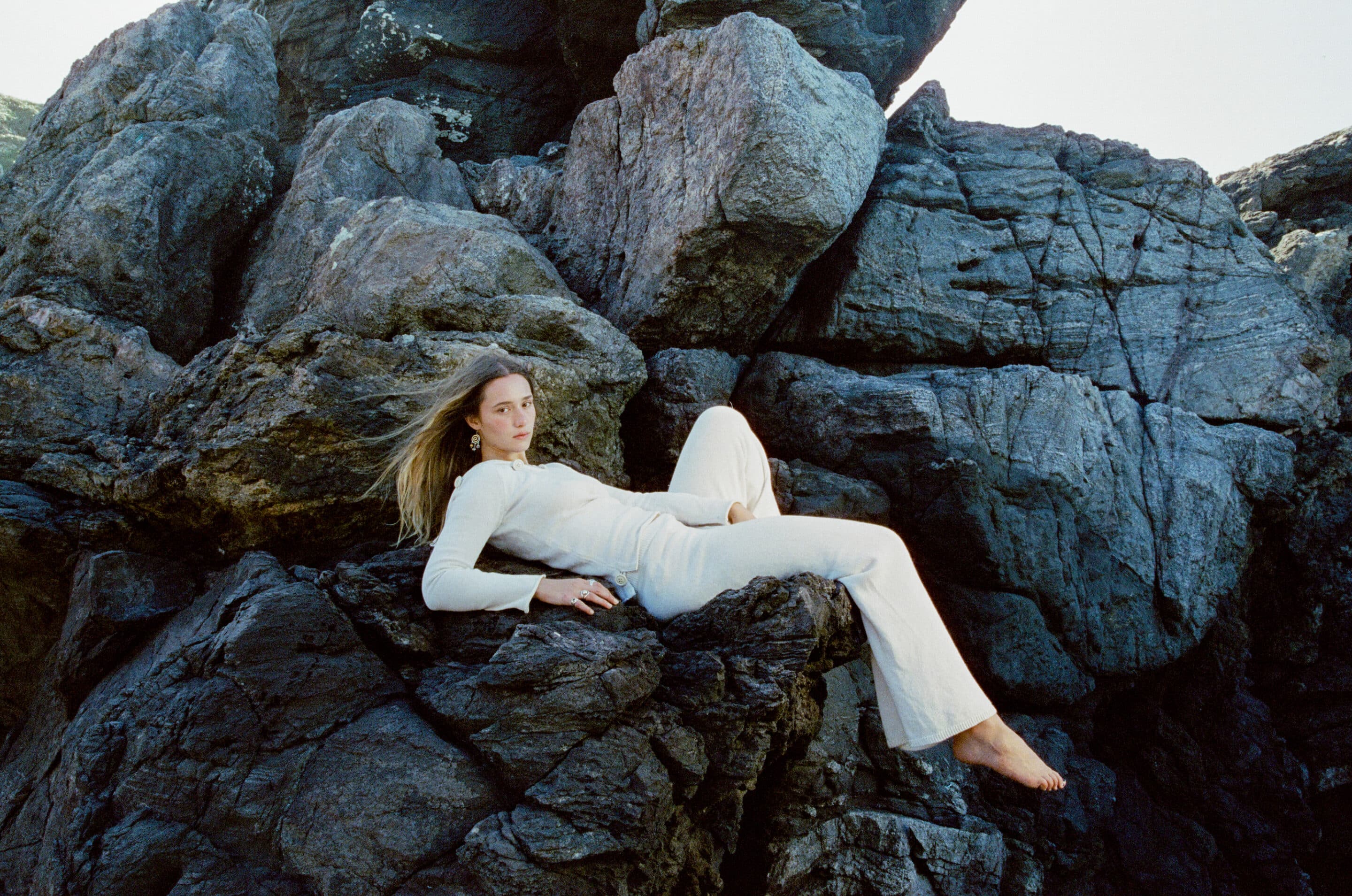
You’ve mentioned the mystic energy of southern Brazil’s beaches. How did natural codes — seashell spirals, coral colors — translate into the textures and tones of Carrossel?
When I began writing the album, I had just returned from a trip to this beautiful beach in Rio. Later, we went back to that place and Carrossel was born, the surroundings quietly shaped everything—the textures, the colors, the sounds. Each day began by the ocean and ended in the studio, and somewhere between the two, the songs started to appear. I think that trip really consolidated the atmosphere of the album.
In many ways, your sound feels both otherworldly and rooted in the everyday. Do you see your music as a form of escapism, or as a way of seeing the world more clearly?
I think both perspectives matter. Part of being an artist, for me, is capturing the quiet essence of everyday life and transforming it into something more poetic, something that carries a weight beyond the moment itself. I like to take a careful, almost meditative look at the world around me, letting it pass through my mind and filter into something I can shape and understand. That way of observing—both up close and from a distance—naturally seeps into the music. Sometimes I’m inside the moment, feeling it; other times I’m watching from the outside, noticing the small gestures, the unseen currents of life. Both ways, I try to translate what I see into sound, into something that resonates beyond its source.
There’s a theme of reconnecting with childhood wonder and ditching digital feeds in your recent work. Do you feel like technology is at odds with the kind of spirituality you’re chasing in your music?
I don’t see technology as something to demonize. For me, it’s always been a vital tool. Growing up online, in a small city with limited access to certain things, the internet became a way to live in a larger world, to explore and connect beyond my surroundings. That experience shaped the way I see technology—not as a distraction, but as a source of inspiration. Even something like Instagram can be inspiring if you know where to look. Part of existing online, I think, is learning how to make that experience nourishing and seamless—something that guides you, instead of draining you, and helps you create, explore, and grow.
You’ve already had breakout moments — from “Not Yours” to the Baltra remix of “karma”. How do you see Carrossel in relation to those earlier versions of Gab Ferreira?
It’s funny you mention that, because even the song Carrossel is really about this. Music, for me, always feels cyclical—you start a project, you develop it, see it through, and then it’s done. And then you start again. And again. I’ve been doing this for a while now—fulfilling certain desires with past projects, seeing some things land immediately with listeners, while others take time to resonate.
For me, it’s always important to return to one question: what is my intention with making music? The goal isn’t to replicate what I’ve already done, but to approach each project with a sense of childlike wonder, curiosity, and exploration. I want to step into uncharted territory, to create something new, even if it feels a little scary or uncertain. That’s when the best ideas tend to emerge—when you’re pushing past what you already know and letting yourself be surprised by where the music takes you.
The title Carrossel suggests movement, cycles, maybe even a dizzying spin. What does the metaphor of the carousel mean to you in the context of this album?
I’ve been drawn for a long time to spirituality, and to the natural world—especially through the lens of pagan traditions, with their reverence for the cycles of nature. I wanted something that could represent rebirth, but in a playful, almost childlike way. The carousel felt perfect for that. There’s an ethereal, almost mystical quality to it—the lights, the movement, the nostalgia it evokes—it captures memory, wonder, and the cyclical rhythm of life in a way that felt deeply connected to what I was trying to express in the songs.
Your live FLOOD session captured a rawer, more immediate side of these songs. How important is the live setting for you when shaping music that often feels so dreamy and atmospheric?
I’ve always been fascinated by creating different versions of the same song. There’s something exciting about reinterpreting a piece that’s already finished and exploring the directions it can take. With some previous projects, it didn’t always feel natural to strip things down so much, but with these songs, the raw acoustic versions really allow the songwriting and melodies to shine. They let you focus on the essence of the song itself, rather than the surrounding atmosphere, and I love how that simplicity can reveal something new in the music.
Looking ahead, what do you hope listeners carry with them after stepping off the Carrossel ride — and where does the journey of Gab Ferreira go next?
Halfway through making this album, it felt like everything was set in stone—but now it feels more like a first step into a path that’s just beginning to reveal itself. I’ve been deeply involved in the production, and that connection has made the process feel intimate, alive. I want to stay close to every part of my projects, to nurture ideas that feel truly mine, and to move ever closer to the music I imagine in my mind. It’s a journey of discovery, and in that uncertainty, there’s a kind of magic that keeps the work feeling alive.

